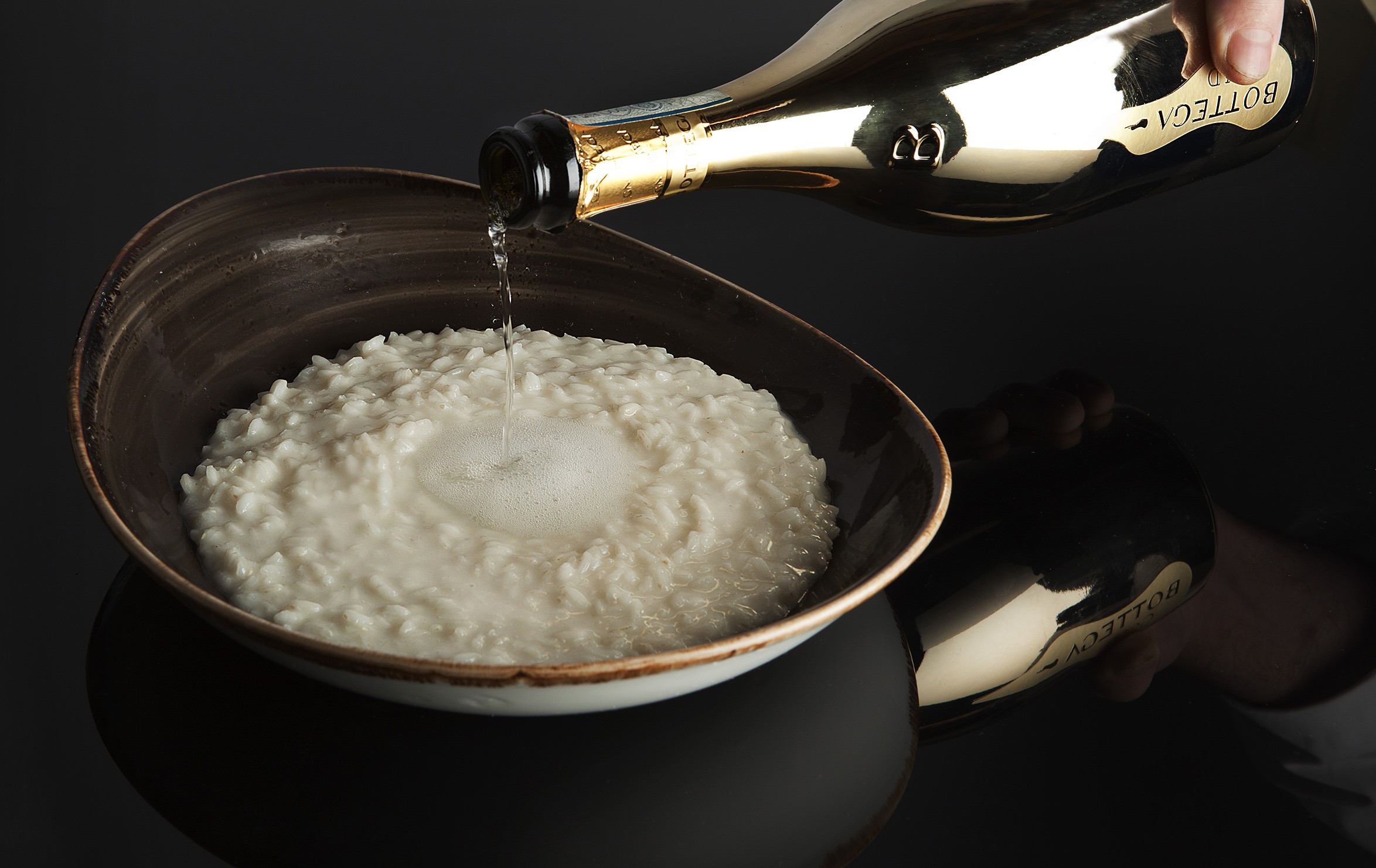Fine wine investment: Counting sheep
Hard on the heels of the trip to India, Amphora was invited to Japan by the American Chamber of Commerce to speak to its members on the subject of fine wine investment. The ACCJ has in recent times presented experts in the field of a variety of “passion investments” and it was delighted to offer fine wine as a previously uncovered topic.
We have noticed in the past how differently diverse parts of Asia and the Far East view investments. In India, a rapidly growing “immature” economy, it is easier to make a lot of money directly; many business people feel they are as well-off investing in their own rapidly growing enterprises as into anything else. Nevertheless, the culture of equity investment is strong in India too, as you might expect of a market reflecting such a vibrant economy.
Japan meanwhile is at the opposite end of the spectrum. The economy has for a considerable time been one of the most mature in the world, and returns both from money on deposit in the bank and in the stockmarket have not been particularly competitive. Japanese equities are enjoying a decent run at present, as it happens, driven by the weaker yen and the improving US economic picture, but that in no way compromised the interest evidenced at our presentations in Tokyo.
The Japanese, of course, have long been major consumers of fine wine. Import duty is around US$2 per litre, a negligible figure compared to India’s 160% of value, so it fits happily into their passion investment space. They too are alive to the benefit of a Sterling-based investment, especially if the Yen is going to continue to weaken.
Last week we looked at a couple of wines which had underperformed their sector over the last few months, and it may come as a surprise to learn that a chart like this can actually represent fantastic relative value:
This is the sort of situation where you have to do a few cross checks, because recent underperformance may just result from previous outperformance, and as you can see Dominus 2009 was no slouch in the April quarter this year, moving from £1,300 to £1,600, where it now resides.
The fact is, though, that Dominus 2009 was a ridiculous bargain at £1,300 and is only marginally less so at £1,600. It scores 97 points which is very good, if not quite as good as the other recent Napa Valley on-vintages 2007 (98 pts), 2008 (99 pts), and 2010 (100 pts), but as the algorithm confirms it is the top relative value pick.
Unsurprisingly in the recent rally certain wines have got somewhat ahead of themselves, and there are also profit-taking opportunities as a result. Having avoided en primeur offers pretty much from 2009 to 2013, Amphora returned to the fray with the 2014 vintage, when we encouraged purchases in particular of Petit Mouton, Haut-Brion, Lafite and La Mission Haut-Brion.
While all of these have performed well, Petit Mouton has positively blown the lights out with a price rise of 120%. In two and a half years that’s not bad going, but from these levels we believe investors should leave the rest to the next guy.
So why should Petit Mouton 2014 have been such a bargain?
Anecdotally, pricing for the en primeur vintages post 2010 was extremely clumsy as the producers looked to cash in on the rising interest in the market, particularly from Asia. Much of the 2011, 2012 and 2013 production was left with the négociants due to poor primary demand, so much so that several of them went out of business.
By 2014 as an investor you have the makings of a perfect storm. The vintage is the best all round since 2010; pricing has to remain subdued because of the problems associated with placing the prior three vintages into the market; and the wine reaches the market just as it is recovering from its four year consolidation.
Partner Content
In addition Mouton Rothschild, in respect of its second wine, did not fall into the mispricing trap.
Having priced the 2009 and 2010 around the £1,000 a case mark Mouton Rothschild reduced to £750 from 2011, and the market responded accordingly. This chart, and the one that follows, highlight the opportunity for making money in this market place. What is interesting is that at the slough of the market’s despond in 2013, before even going physical, the 2011 catches up with the 2010, a superior wine from a considerably superior vintage (see below).
Not only that, but it currently vies with the 2009 (equivalent wine score of 90) for the top price slot. That might not be so bad but for the huge disparity in overall vintage score. The 2009 and 2010 score 99 and 98 respectively, the 2011 a mere 88. This is precisely why the 2009 and 2010 score so well on the algorithm:
It is time to take profit on Petit Mouton 2014, and investors looking to stay with this producer need look no further than the 2009 and 2010.
Philip Staveley is head of research at Amphora Portfolio Management. After a career in the City running emerging markets businesses for such investment banks as Merrill Lynch and Deutsche Bank he now heads up the fine wine investment research proposition with Amphora.




